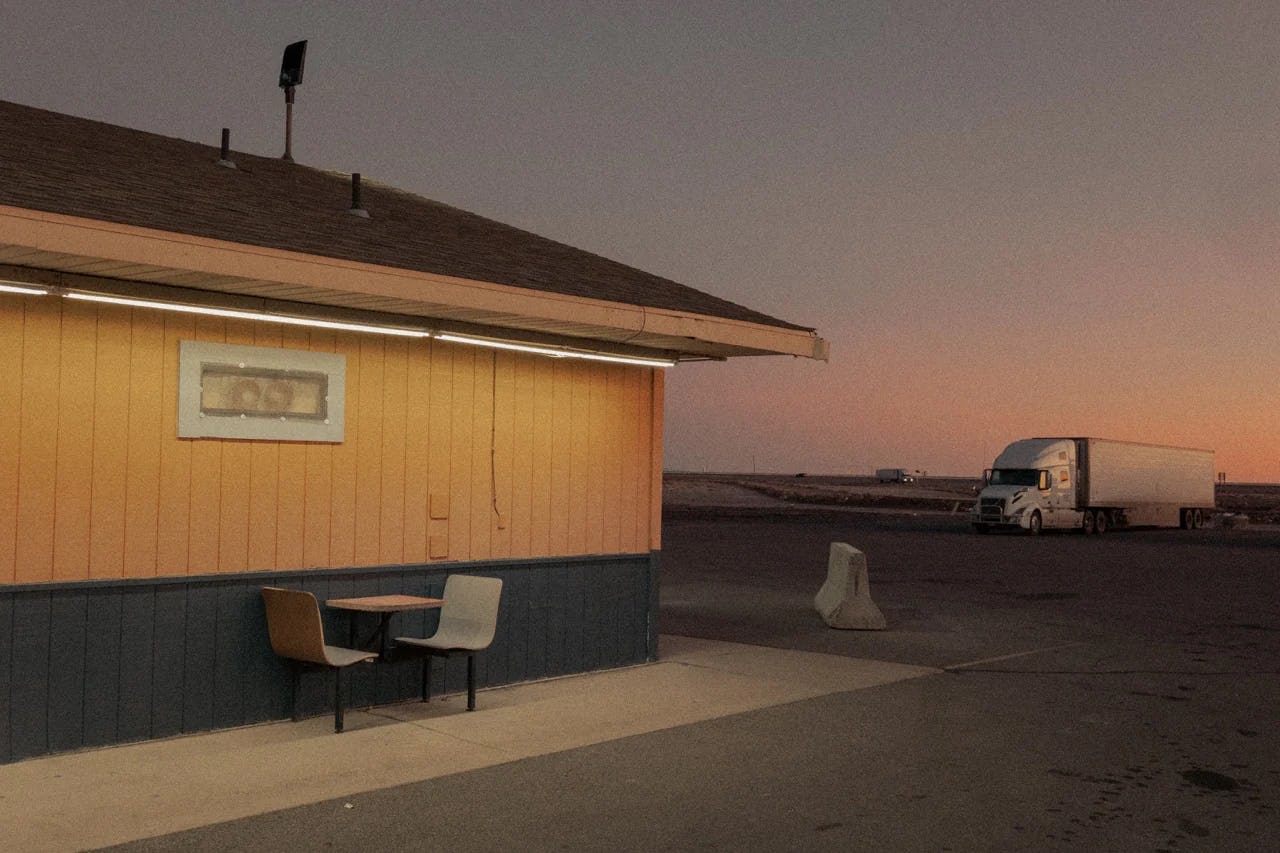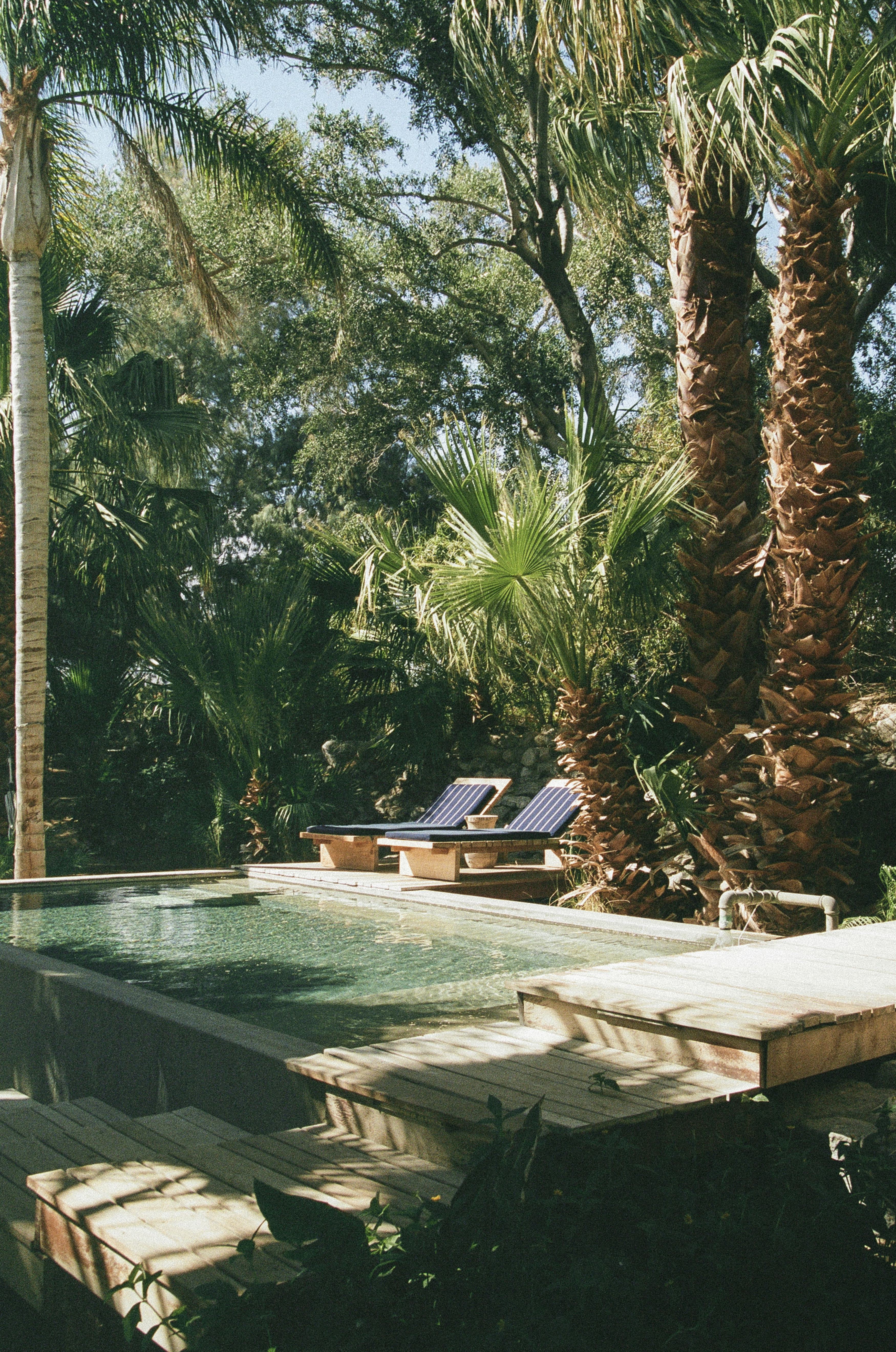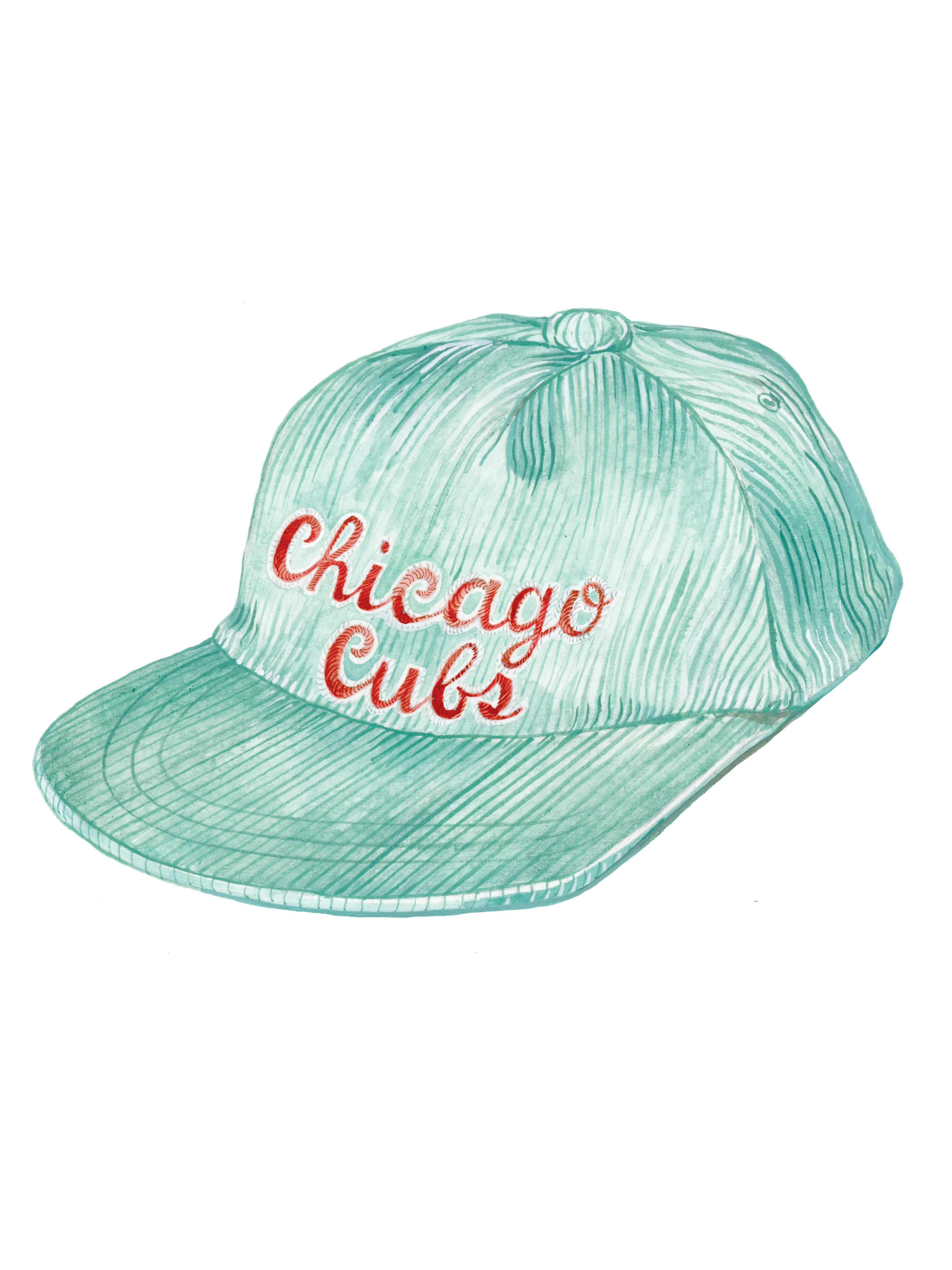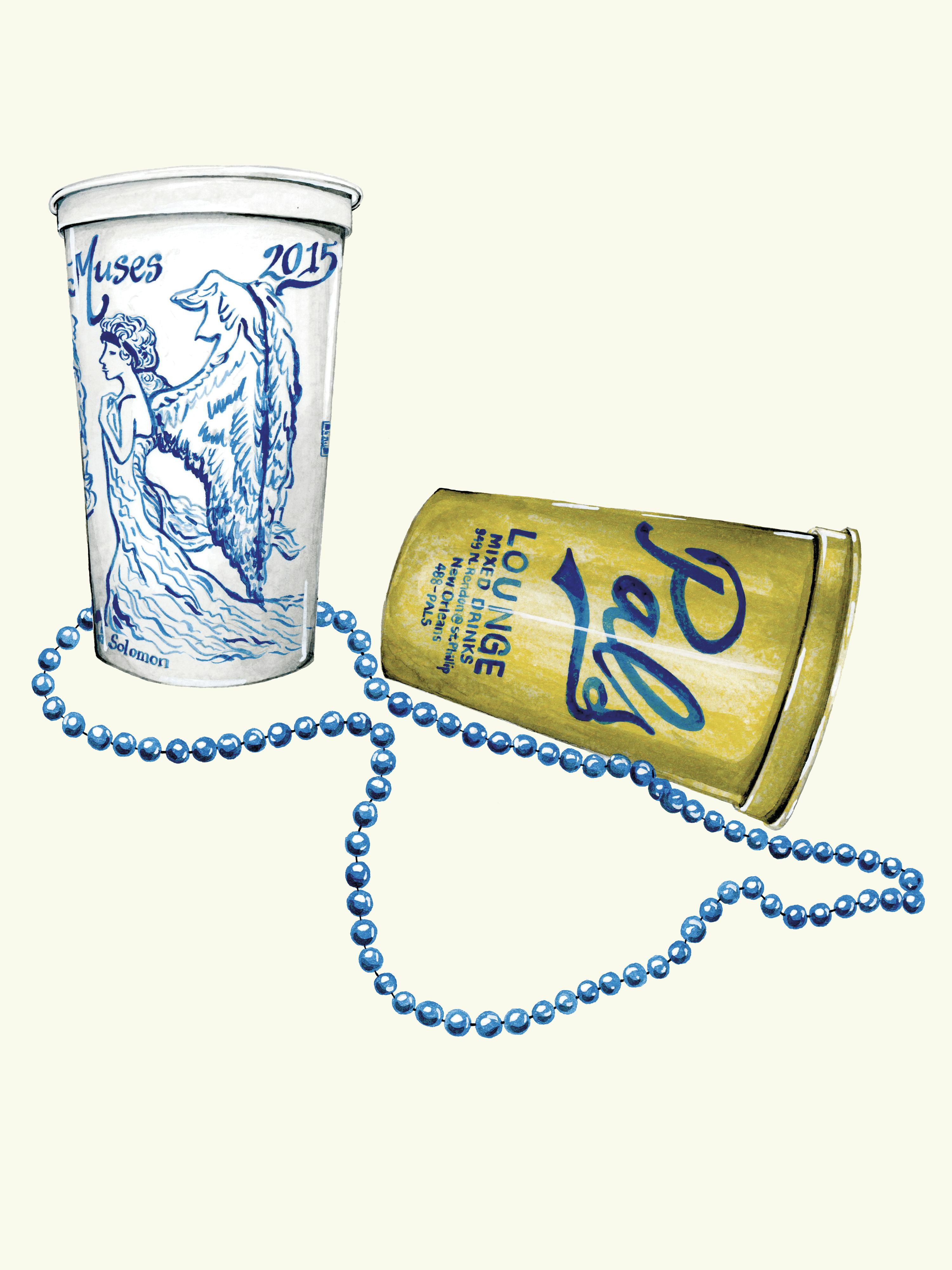AN ODE TO FENWAY
How a Red Sox fan's dream summer job as a ballpark vendor helped him understand and love Bostonians.
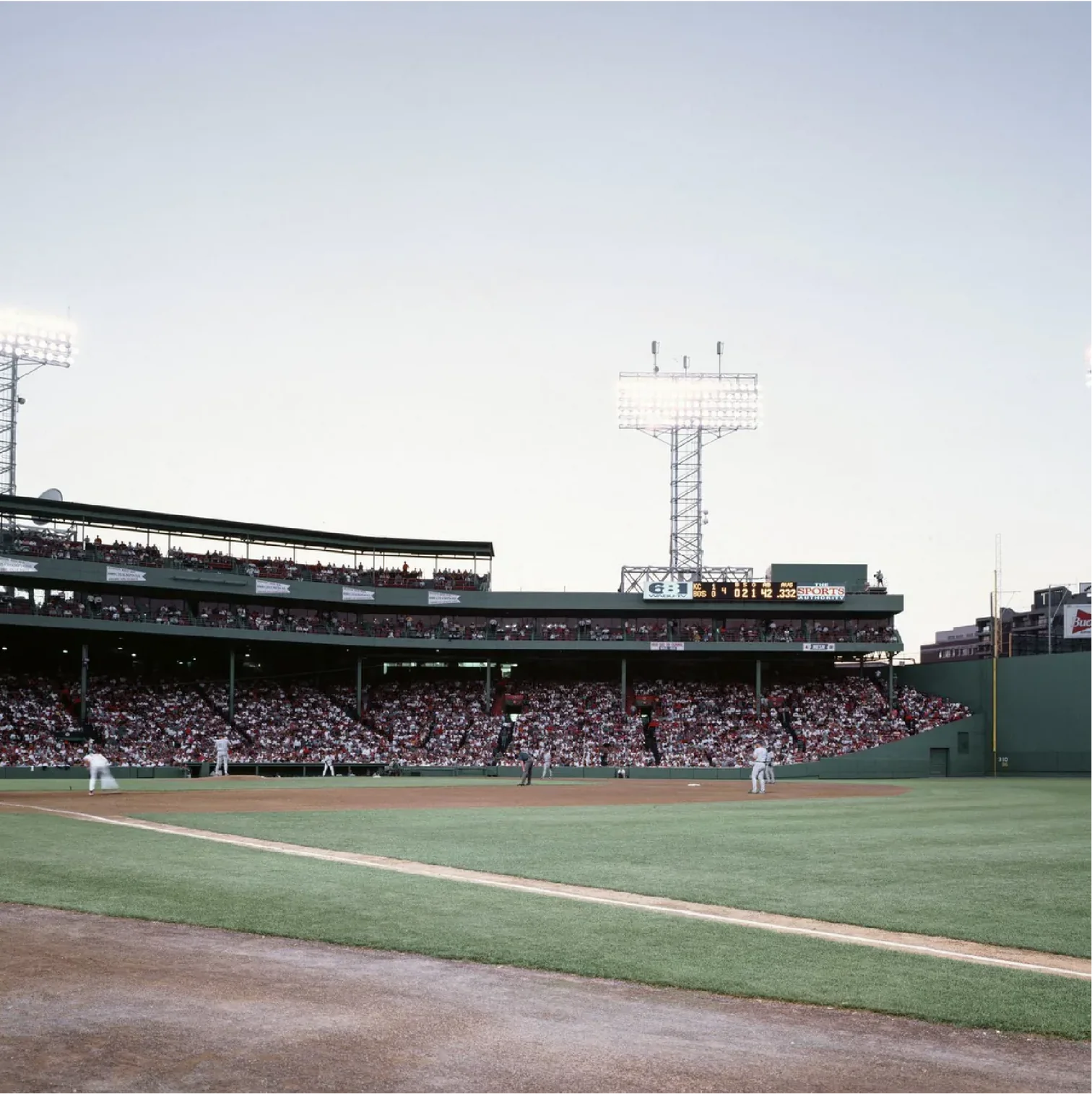
Fenway Park and the Green Monster. | Library of Congress
One cool, drizzly day in 1998, I found myself walking through an unmarked side door into the bowels of Fenway Park, reporting for my first day of work. I’d finally made it to the Show.
From the time I was a kindergartner growing up in Jamaica Plain, I’d been obsessed with the Red Sox, dreaming of one day working at Fenway. I was too young to remember the brutal 1986 World Series loss. I was barely conscious of the “Curse of the Bambino." All I knew was that my hometown team had the greatest pitcher in the world, Roger Clemens; the greatest hitter in the world, Wade Boggs; and an up-and-coming star named Mike Greenwell, with cool flip-down shades and baseball’s greatest nickname: the Gator. Going to Fenway with my dad-watching these gods grace that pristine field-was the highlight of my young years.
I also remember watching, with unbelievable envy, the sunburnt peanut vendors stalking the aisles, tossing snacks to fans. How the hell did those guys get that job? It seemed like the single greatest gig imaginable. Not only did you get to watch the Sox for free, you got to be vicariously famous. You were part of the Show—a Fenway peanut guy! People from all across the country and around the world took pictures of you. You got paid to be a tourist attraction.
Becoming a vendor seemed as unlikely as getting drafted into the Major Leagues. But it turned out, in classic Boston fashion, that you simply had to know a guy. My guy was a buddy from high school, Eric, who would eventually land at least two dozen of my friends and relatives vendor jobs. That first day, I followed Eric to a dank, cavernous room underneath the right field stands. An avocado-shaped woman (I’ll call her Gracey) with big gold reading glasses draped around her neck sat on a platform behind a big U of a desk. A throng of a hundred or so vendors huddled around her, half of them beanpole teens and college kids, half of them paunchy, aging malcontents who worked day jobs as UPS guys or landscapers or the like. Gracey was the only female in the room. She looked down at us like a frowning queen, raised her glasses and began to read names off a sheet.
“Raw-bits,” she called out.
“Dogs, home,” replied Roberts, one of the older guys.
I quickly understood that Gracey called names in order of seniority. The longer and more consistently you worked at Fenway, I soon learned, the higher you climbed in the vendor hierarchy. The very top guys all chose to sell hot dogs in the home plate section, where the richest fans sat. (This was before beer was sold in the stands, when Puritanical “blue laws” still dominated Boston.) The least desirable item, in 1998, was Diet Coke. The least desirable section was the bleachers, cheap seats behind the outfield. I was the last-ranked guy in the room, so that’s what I got: Diet Coke, bleachers.
I vividly remember walking out into the bleachers for the first time, in that cool spring drizzle, carrying a tray of 24 soda bottles on my head. The tray was gridded, and it dug into my skull. (I would soon learn to pad the inside of my cap with a wad of napkins.) I walked up what felt like a thousand steps, all the way to the nosebleeds in the very back row, calling out, “Diet Coke. Diet Coke heeeeere!”
I didn’t make a single sale. I got laughed at. One drunk guy called out, in circa-1998-Boston-meathead fashion, “Diet Gay!”
By the end of the first inning, I was soaking wet. My head and neck throbbed with pain. I took a breather near the exit ramp, and a veteran vendor passed by me. He looked at my full tray of sodas and shook his head.
“Dude,” he said, “You haven’t sold a single one yet?”
I shook my head in shame.
“You gotta sell it. You gotta yell, kid! Like this. ‘Hey, everybody, this kid’s got DIET COKE. DIEEEEEE-IT COKE HEEEAH, DIE-IT COKE! WHO NEEDS ONE? DIET COKE HEEEAH!’ Like that. Gawt it? Scream.”
So I took a deep breath, turned around to face the fans, and hollered, “HEY, DIEEEEEE-IT COKE HERE!” as I walked all the way up another set of stairs. Still, nothing.
Then it hit me—my problem. It was “here.” I was saying it all wrong. I seemed to be the only vendor in the entire park pronouncing the r.
Contrary to Hollywood myth, plenty of Bostonians don’t have a Boston accent. Who does has a little to do with class and ethnicity, more to do with who raised you. Virtually all the working-class Irish and Italians I grew up with—the Bostonians whom Hollywood loves to make movies about—had the accent. But I also knew plenty of upper-middle-class Irish and Italian kids, as well as WASPs and Jews and Black people, who obliterated their r’s. What they had in common is that their parents were from Boston. If your parents hailed from elsewhere, you almost certainly didn’t have the accent. My parents came from (whisper it) New York.
Now I realized that without a Boston brogue, I would never be taken seriously as an “authentic” Fenway vendor.
“Eyyyy, Diet COKE heah,” I belted. “GETcha Diet Coke heahhhhhhhh!”
It was a chilly, rainy day. I was hawking a cold, comically expensive diet beverage in the bleachers, where no one gave a damn about their caloric intake. I still faced long odds. But I kept screaming, with ever-greater Boston-accented fervor, and eventually, a guy raised his hand, and I passed a bottle down his row, and he passed me a five, and when I started to pass him back his change, he told me, “Keep it.”
I sold only two or three more sodas that day, but I left the park exhilarated. The more I acted like a caricature—a screaming, badass Bostonian lunatic—the more product I sold. And little by little, I worked my way up Gracey’s rankings. Halfway through the season, I was no longer relegated to the dreaded Diet Coke slot. I was selling popcorn, ice cream bars, Cracker Jacks. By my second year at Fenway, I was even selling regular Coke. And while I never made it all the way up to hot dogs, by my third or fourth year, I was selling peanuts, the second-most-prestigious product in the park. Once I’d made it to peanuts, my confidence skyrocketed, at least inside Fenway.
In real life, I was a timid nerd, terrified of confrontation. I went to the top high school in the city, Boston Latin; followed all the rules; ran away from fights; and barely engaged in underage drinking, fearing an arrest record would mess up my college applications. But once I entered Fenway, I became a grisly Boston bro. When people told me to get out of their way, I’d snap back, “Cool it, pal. I’m workin’!” When customers complained about exorbitant prices, I’d bark, “Take it ah leave it!” Watching seasoned vendors, I learned to intimidate fans into giving me a tip, staring them down as I slowly jingled the quarters in my apron. In the rare instances that I didn’t get the wave, I’d say, extra loud, “Oh, my bad ... I didn’t realize ya wanted ya QUAWTAHS back.” And then, as I passed down the quarters, invariably some other fan in the aisle would turn to me, say, “What a cheap prick,” and not only buy a bag of peanuts but proudly tell me to keep the change. I was constantly rewarded for terrible manners. I had one of my best days ever when I imitated one of the top-ranked vendors and shouted, over and over again, “Grabbbbbbb ya NUTS!”
(That day, I made over 300 bucks in commission and tips—for about two hours of work. That was another irony of the job. We were seen as working-class grunts, sweating for quarters, when, really, veteran vendors could make professional-consultant wages, at least per hour.)
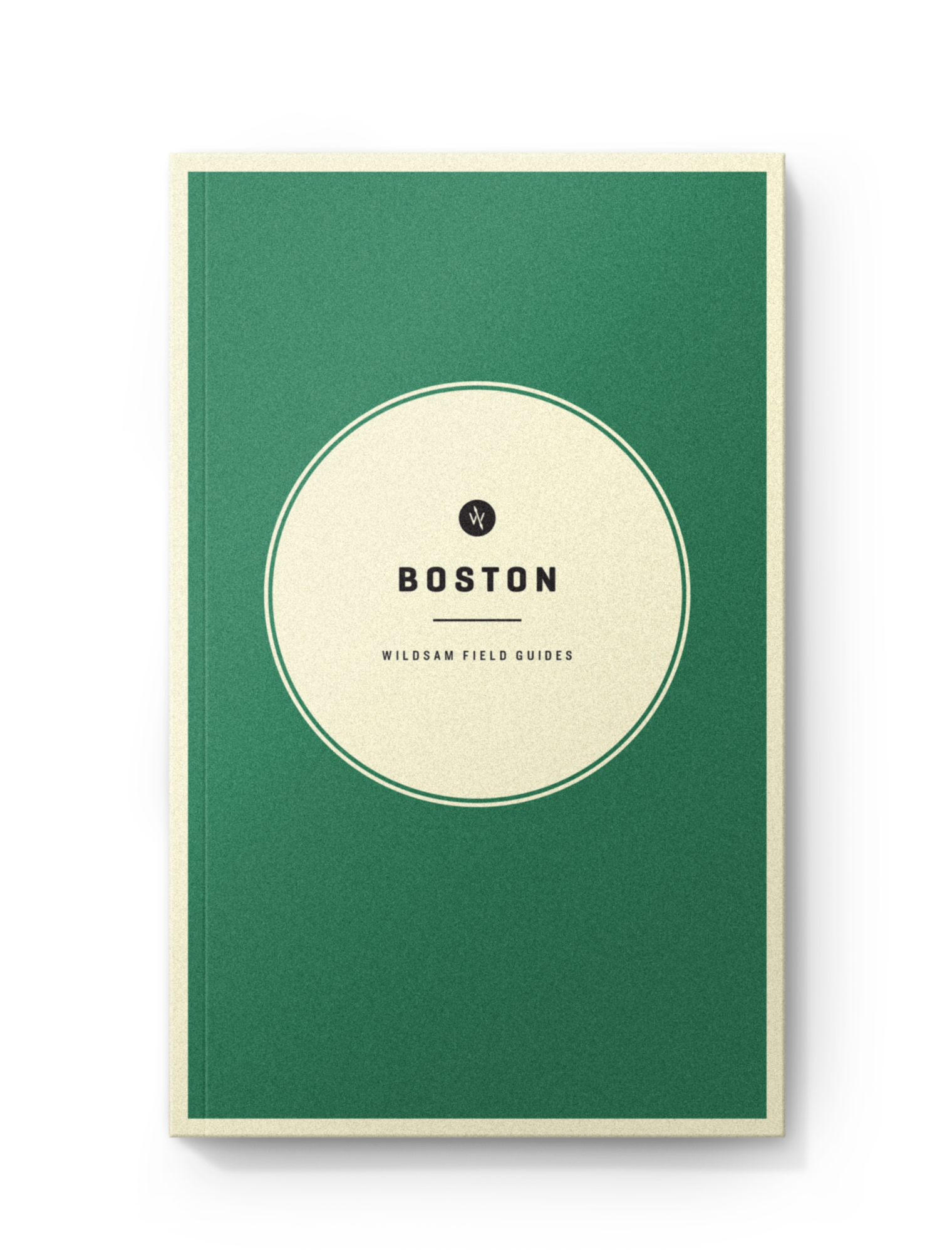
Field Guide
Boston
Running routes and chowder houses, harbor masters and art curators, Fenway odes and transcendental lore.
On rare occasions, someone complained. One of us would throw a bag of peanuts. The fan would fail to catch it. It would end up hitting a kid or senior citizen in the head. The vendor would walk off without apologizing. We would then get a fake-stern talking-to from the higher-ups about how we vendors were the faces of “Friendly Fenway,” we needed to get our acts together, etc. And then we’d go back out the next day and be just as rude and rowdy.
The truth was, ballpark management was perfectly happy with our behavior. This is what Boston was famous for: salt-of-the-earth jerks, people who flip you the bird for the most innocuous traffic blunders, turf warriors who tell you to get the “fahk” off their “praw-pitty” when you’re just walking down the street. Friendly Fenway? Gimme a fahkin’ break.
Of course, this was just the stereotype based on half-truths—one I happily helped perpetuate, even as the real Boston was straying further and further from that myth. I didn’t know all of this at the time, but the stereotype is largely based on the Boston of the 1970s. That Boston was, in the words of historian Rick Perlstein, “America’s most tribal city.” It got that way because, for generations, Boston’s “ethnic whites”—mostly Irish and Italian—had been discriminated against by the city’s Protestant elites, the so-called Boston Brahmins. Little by little, the ethnic whites accumulated power, which they were loath to share. They became fiercely territorial: The Irish stayed in Southie and Charlestown, the Italians stayed in the North End and Eastie, and everyone made sure Black Bostonians stayed in Roxbury and the South End. The tension came to a head in 1974, when Boston began integrating its public schools. Many of the city’s ethnic whites revolted, refusing to send their kids to school and stoning buses carrying Black children. One group of teenagers from Southie and Charlestown attacked a Black man with an American flag, in broad daylight, in the middle of City Hall Plaza, right in front of a news photographer. The photo made the front page of the Boston Herald American, won the Pulitzer Prize and has sullied Boston’s image ever since.
Again, I didn’t really know any of this at the time. I was born in 1981. By that point, most of the racial violence had died down. When I was growing up, I definitely sensed that Boston had a chip on its collective shoulder, but I chalked most of this up to the hideously cold winters and the “Curse of the Bambino.” The Red Sox hadn’t won a World Series since 1918, while our hated rival, the Yankees, had won about a billion. Of course Bostonians were a little cranky.
But by the time I was working at Fenway, Boston had less to whine about. It was becoming a biotech hub, brimming with millionaire yuppies and fine-dining establishments. Gleaming new tunnels and grassy public squares replaced the rusting overpasses of “Dirty Old Boston.” The famously stingy Red Sox—who sold Babe Ruth, the Bambino of lore, for pennies—had new owners willing to shell out for top talent. We had acquired one of the greatest pitchers of all time, Pedro Martinez, and two of the greatest hitters of all time, Manny Ramirez and David Ortiz. All three were Dominicans, and incidentally, Dominicans had become one of the largest minority groups in Boston. Little by little, the city shed its status as one of America’s whitest cities. Today, the majority of Bostonians are non-white, unthinkable in the ’70s.
In 2004, my last season, the Red Sox pulled off the most dramatic comeback in baseball playoff history against the Yankees, then crushed the Cardinals in the World Series. I was there—technically selling peanuts, but really just watching the games in utter disbelief. Since then, the Red Sox have won three more World Series. The Celtics and Bruins have also won championships in the ensuing years, and of course, don’t even get me started on the Patriots, who have brought an obscene number of trophies home to my once-victory-starved city.
The chip on the shoulder, if it still exists, is a prop, part of an act. Most old Bostonians are happy. Their dingy triple-deckers are selling for seven figures, allowing them to buy mansions in Florida and escape the brutal Boston winters. And new Bostonians? They’re perfectly friendly. Don’t be surprised when you walk down the street and hear a kind stranger ask, with no Boston accent whatsoever, “How are you?”
But if you’re coming to Boston to hear the accents—if you want to be told, by a screaming, stubbly goon, to grab your nuts—you can still head to Fenway.
About the author
SAM GRAHAM-FELSEN is the author of Green, a novel about growing up in Boston. His prized possession is a ball Pedro Martinez tossed him during pre-game warm-ups in 2001.
SAM GRAHAM-FELSEN is the author of Green, a novel about growing up in Boston. His prized possession is a ball Pedro Martinez tossed him during pre-game warm-ups in 2001.


